Attic ventilation has been a point of contention among building contractors. When it comes to the garage, things get even more complicated. Some experts recommend ventilating the attic, while others think it isn't necessary. Based on your circumstances, you'll discover whether or not you need to vent your garage attic in this article. According to the International Residential Code, venting an attic, including the garage attic, is unnecessary. If you intend to insulate the garage floor, most building codes urge you to vent the attic. If a garage attic is used as a living space or workshop, it's also a good idea to vent it. So, how many roof vents do I need in my garage?
We'll use the term garage roof to refer to both garage roofs and garages in this post. They're essentially the same thing. We'll look at why attics need ventilation in the first place. Following that, we'll talk about why it may be necessary to vent the garage roof and whether or not it's worth doing so.

Why is the roof ventilated?
Attics are typically ventilated to eliminate trapped hot air in hot climates. It allows heated, humid air from the living area to escape cold temperatures. This prevents ice dams from forming.
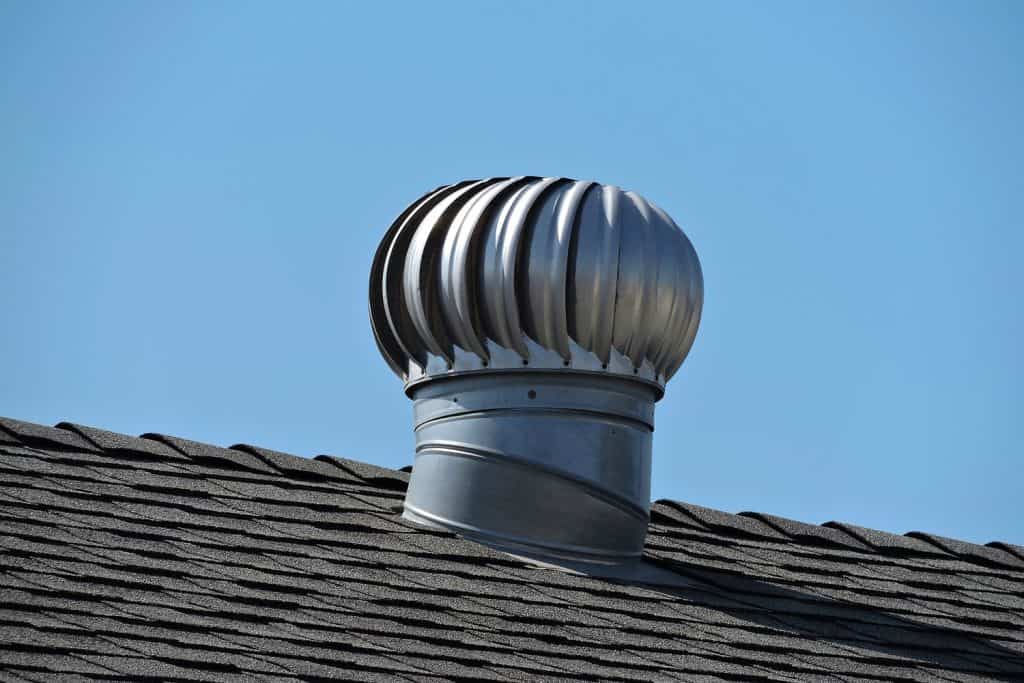
All of this may sound complex, so let me break it down for you. The sun rays are directly on the roof during the summer or if you live in a hot climate zone. As a result, the room becomes heated up, and heat is transferred from the roof into the attic.
How many roof vents do I need in my garage?
For every 150 square feet of attic space, you'll need 1 square foot of vent area. As a result, if your attic is 450 square feet, your roof vents should be 3 squares each. The two-way vents should be equally split between inlet and outlet vents, and they can be utilized with any roof design. There will usually be two (2) 12-inch louvered metal vents co-located just above the sill plate, and they are generally near the vehicle entry end of the garage.
Read more: How many roof vents do I need?
Why should you consider venting the garage roof?
There are no reasons to vent the attic of a garage if it is used as a vehicle storage area. However, there are several benefits to doing so. Let's have a look at them.
1.Roof Vents are required for insulated roof floors.
You must read the following phrase. You must vent the roof when you insulate the attic floor or ceiling in accordance with the 2015 International Residential Code. This is for a good reason.
This trapped heat will have nowhere to go when the attic floor is insulated. And over time, this may damage your garage roof. It can cause rotten wood in the attic or promote mold growth. If your roofer's job is completed, you don't want it to leak because this might result in expensive home repairs.
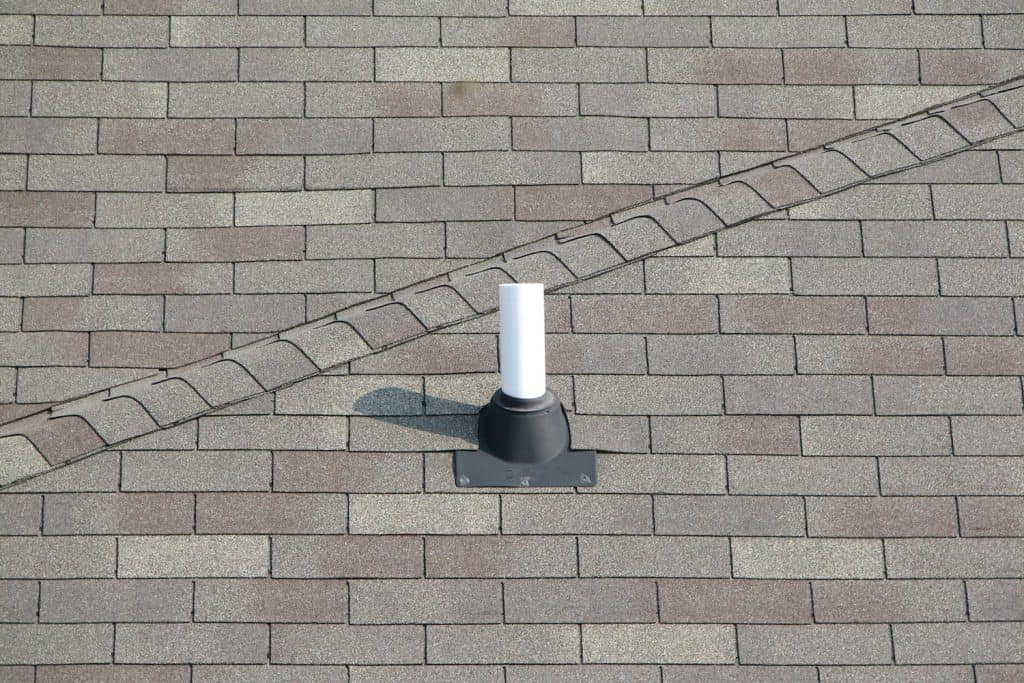
Every 300 square feet of attic floor surface requires a 1 square foot area of roof ventilation, as established by law.
2.If you want to turn your garage into a living space, ventilate the roof or attic.
The garage is not what we expected it to be. It's not simply a parking spot for homeowners. Some people convert their garages into laundry, offices, a playroom, or a gym, among other things. Some individuals have turned theirs into a laundry; others have converted it into their offices; still, others use it as a storage area for seldom utilized goods and appliances.
If you've repurposed your garage or intend to, you'll likely spend a lot of time in there just as you would in your living room. As a result, you must think of it as a regular part of your home rather than considering it a utility area. If you spend hours in the garage, you'll want to be as comfortable as possible.
You'll need to think about venting the garage attic to stabilize the space temperature during all seasons and climates. The garage, without any ventilation, is unpleasant to be in nearly every circumstance.
The garage is not a pleasant environment for a long time since it is damp and there are traces of exhaust fumes in the air. Not unless you ventilate it effectively enough. Insulating the garage ceiling is also a good idea.
Read more: What are the vents on my roof?
3.Venting the garage attic will lower your heating and cooling expenses.
However, not all houses have their garages incorporated into the HVAC system. However, there are a few who do. Some homeowners also purchased garage air conditioners and heaters along the line to maintain garage temperature.
If your garage's attic is inadequately ventilated, you will undoubtedly spend too much electricity on heating and cooling the space. As we've already seen, hot air rises in the garage attic during the summer, necessitating raising the garage AC to keep the area comfortable.
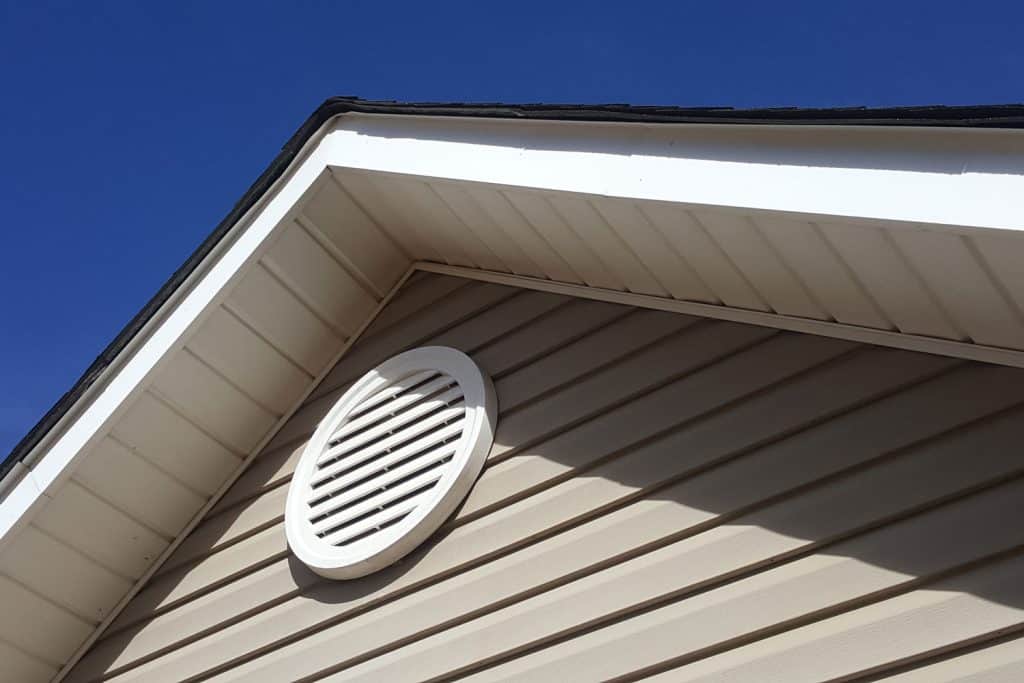
Because the attic is well ventilated, heat seeping into your garage will be significantly reduced, putting less strain on your cooling system.
Here are the two things I suggest you do if you want to improve your garage roof and avoid future problems.
All air gaps on the ceiling and roof should be filled.
Water may seep through your garage ceiling and into the attic, causing mold to develop in the attic. That is true. On the other hand, air leaks are one of the primary causes of moisture accumulation in an attic.
Essentially, if your garage ceiling is airtight and the roof has no leaks, there will be less moisture in the attic to cause a problem. It is not required to vent the roof when it's done correctly. So, closely examine and seal any hole in the ceiling or roof that allows air into the attic.
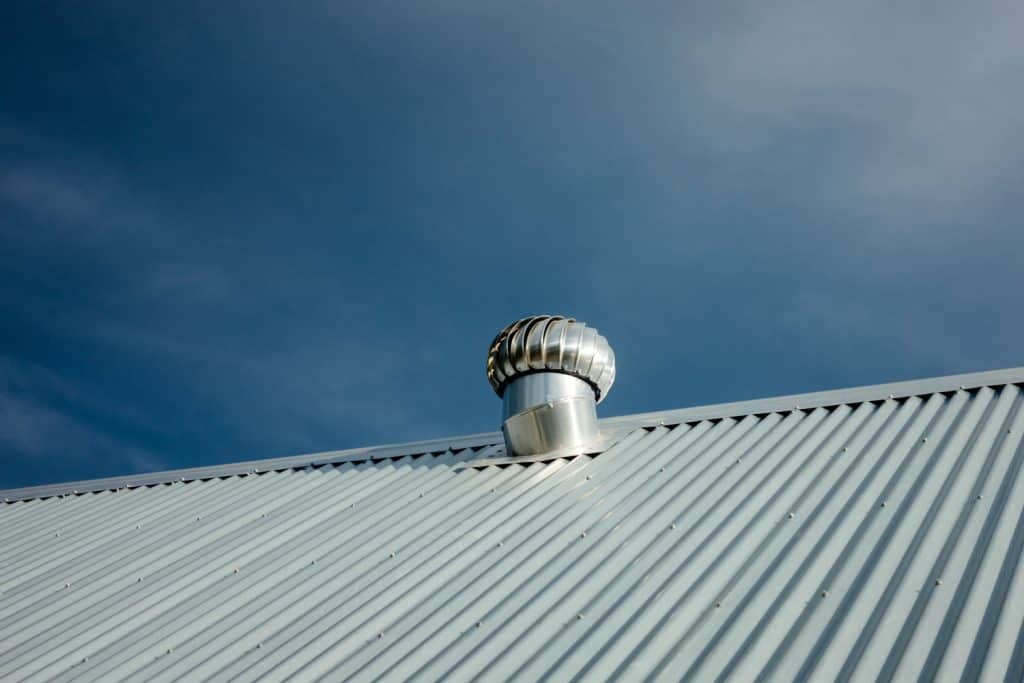
Alternatively, you may install an air barrier in the garage ceiling. An air barrier is a substance that prevents air from passing through it, just as the name implies. This kit will prevent any air, whether hot or cold, from entering your attic. When you have this set up correctly, there won't be a need to vent the attic anymore.
The garage ceiling should be insulated.
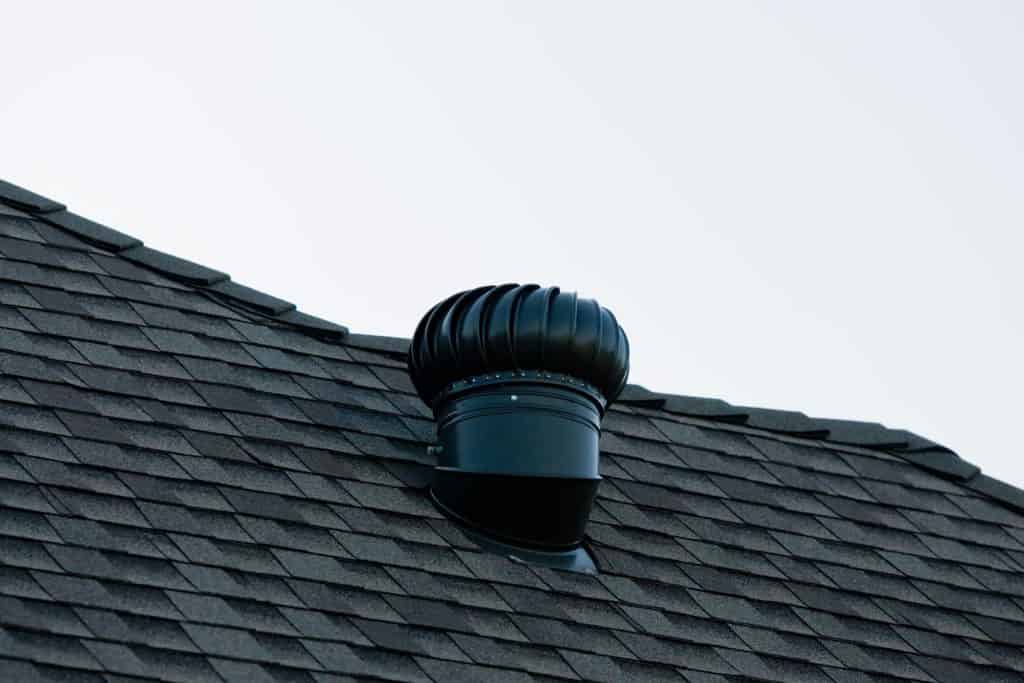
If you want to maintain the temperature in your garage at a pleasant level, I strongly suggest insulating the ceiling. This is crucial if you're turning your garage into a living area. Insulating your garage ceiling is a fantastic method to keep heat from seeping into the house. It will also keep any heat from traveling from the garage to the attic in the winter.
Insulation usually acts as a thermal barrier between the garage and the roof. This is particularly advantageous if you have garage heating or cooling systems. Because there will be little heat or air transfer between the attic and the garage, you won't need to use your central heating or cooling system to compensate for it.
If there is an attic, I strongly advise ceiling insulation for the rest of the home. That's because it will save you a lot of money on power.
If you insulate the attic floor, vents are necessary by law, even if you only park your car in the garage. Vents are required by code whether or not you vent the garage roof. If you want to preserve your roofing, it's highly suggested that you vent the garage roof.
